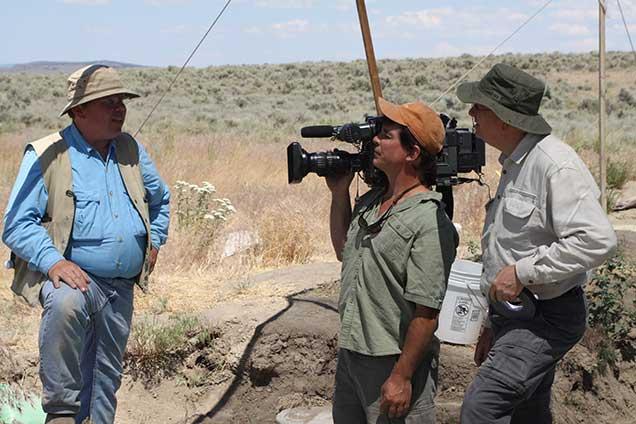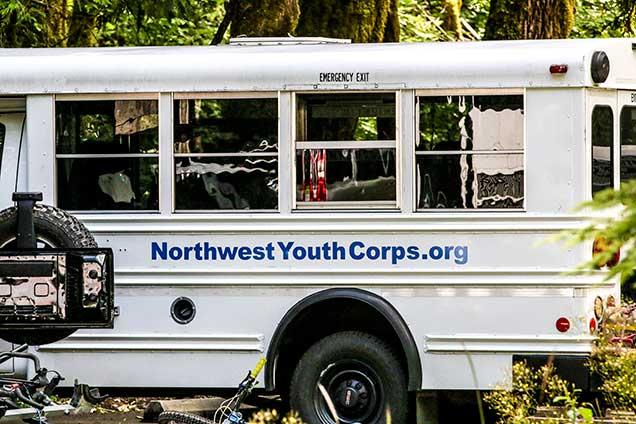Oregon/Washington Recreation Partnerships
The BLM is committed to promoting the stewardship of healthy ecosystems and healthy communities in the present and for future generations. Community-based citizen stewardship begins with people taking care of special places. By involving communities and partners in a collaborative decision making process to manage their landscapes, integrating community and land management issues, the BLM expands its capacity to create innovative solutions and build sustainable partnerships.
In Oregon and Washington, the BLM endorses partnerships as an effective means of leveraging resources among cooperating organizations, improving working relationships, fostering trust, and recruiting a future workforce. In order to respond to the challenges associated with managing than 15 million acres in Oregon and over 400,000 acres in Washington, the BLM developed a Partnership Strategy to more effectively involve communities and leverage resources through the use of partnerships and volunteers.
Featured Partner
Community-based citizen stewardship begins with people taking care of special places. By involving communities and partners in a collaborative decision making process to manage their landscapes, integrating community and land management issues, the BLM expands its capacity to create innovative solutions and build sustainable partnerships.
In Oregon and Washington, the BLM endorses partnerships as an effective means of leveraging resources among cooperating organizations, improving working relationships, fostering trust, and recruiting a future workforce. In order to respond to the challenges associated with managing than 15 million acres in Oregon and over 400,000 acres in Washington, the BLM developed a Partnership Strategy to more effectively involve communities and leverage resources through the use of partnerships and volunteers.
Do you Remember the childhood game "rock, paper, scissors"? That's what comes to mind as I circle the ancient Medicine Wheel some 40 miles outside Burns, Oregon. I wonder if the sons and daughters of the people who built this terrestrial rock bracelet played games like we do.
Archaeologists tell us the Medicine Wheel is thought to be less than 2,000 years old whereas the oldest human inhabitants in Oregon lived almost 14,300 years ago. Interesting. Were the people who made the Medicine Wheel their descendants? Was the Medicine Wheel a place to play, dance, and tell stories? Did they convene council here to make crucial decisions? Who sat around the circle? Men? Women? Were children allowed? (Did rock beat paper?)
View more photos on Flickr:
- 2012 Conservation Award
- From Skyscrapers to Forests
- Sandy Ridge Trailhttps://www.flickr.com/search/?text=sandy%20ridge%20trail



